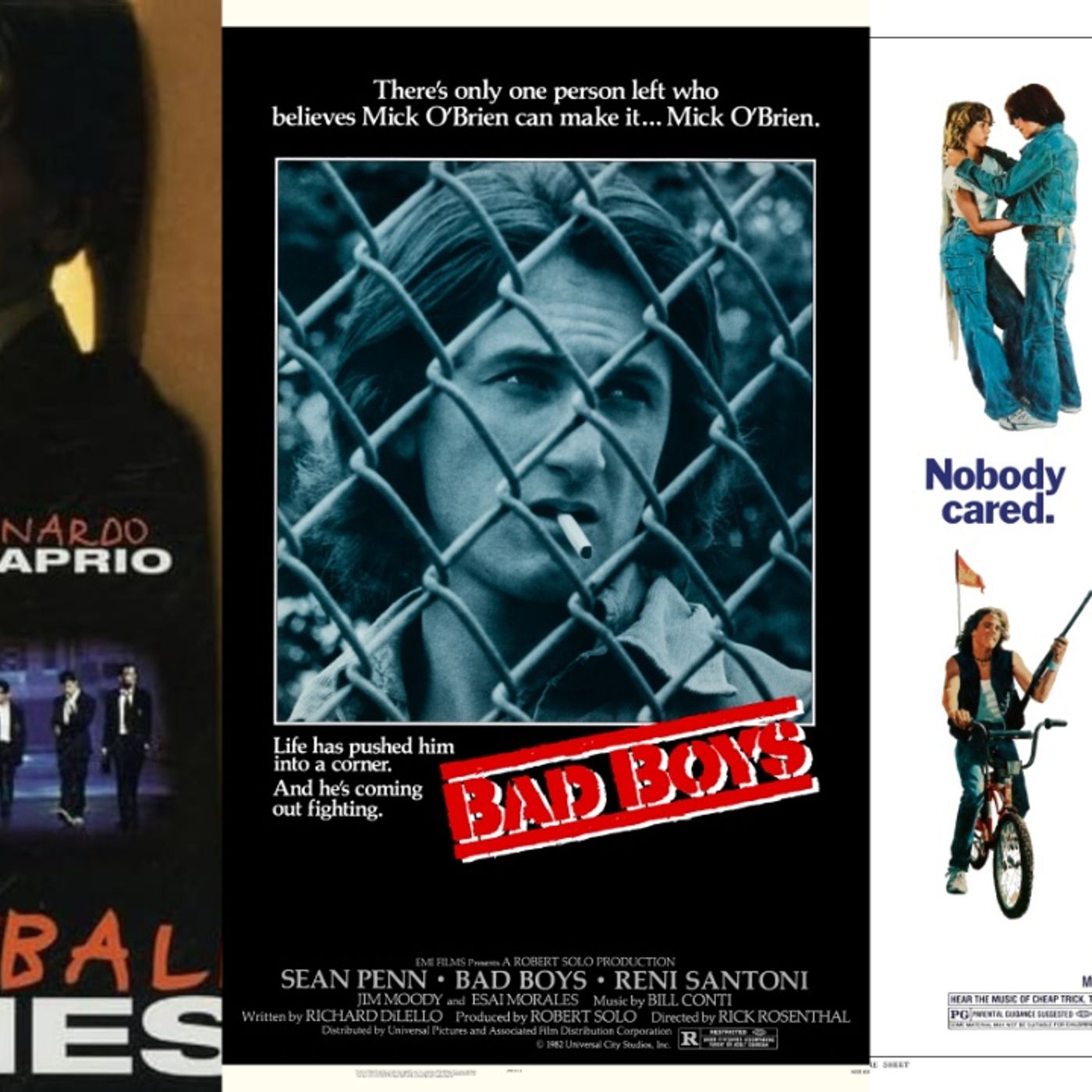Triple Feature: Bad Boys (1983)/The Basketball Diaries (1995)/Over the Edge (1979)
- Author
- Mark Radulich
- Published
- Mon 28 Jul 2025
- Episode Link
- https://www.spreaker.com/episode/triple-feature-bad-boys-1983-the-basketball-diaries-1995-over-the-edge-1979--67148143
Welcome to tonight’s Triple Feature, where we’re diving deep into three searing portraits of adolescent collapse: Bad Boys (1983), The Basketball Diaries (1995), and Over the Edge (1979). These films don’t just shock or provoke—they document. They document a particular strain of American decay that metastasized during the twenty-year stretch from 1959 to 1979—a period when the traditional family structure, once upheld as a Cold War ideal, began to fracture under economic pressure, suburban disillusionment, and institutional mistrust. This wasn’t a clean break. It was a slow corrosion. The result? A generation of young men left untethered—adrift in a world that could neither protect them nor punish them fast enough to matter.
We begin with Over the Edge, a 1979 cult classic that captured the disaffected spirit of middle-class youth like few films ever have. Set in a prefabricated suburb designed more for investment than living, the kids here are not impoverished—but they are neglected. Their world is one of false promises and fenced-in futures. There are no fathers, not really—just overworked salesmen and checked-out authority figures. The emotional distance is palpable. This is what happens when you build communities as holding pens, not homes. The result is explosive. These teens aren't rebelling against strict parents or moral codes—they're lashing out at an emotional void.
Next, we jump to The Basketball Diaries—a harrowing look at addiction and alienation set against the backdrop of 1990s New York but rooted in a true story from the ‘60s. Jim Carroll's descent into heroin addiction is often read as a personal tragedy, but in context, it's emblematic of something larger: the erosion of protective adult guidance and the seductive power of oblivion when reality offers nothing back. His mother, present but overwhelmed, is powerless to stop the spiral. Authority comes too late and in the wrong form. There’s no community here, only institutions—and institutions don’t love you. They process you. In many ways, this film picks up the thread left dangling by Over the Edge: What happens when the fallout of that suburban collapse reaches the inner city and there's no illusion of a future left?
Finally, Bad Boys—a film that doesn’t blink. Released in 1983, it thrusts us into the juvenile detention system and strips away every layer of protection we pretend still exists for troubled youth. Sean Penn’s character is a product of pure hardening. There’s no fantasy, no poetry, no redemption arc—only survival. The family here is nonfunctional to the point of irrelevance. The state is a gladiator pit. Violence isn’t dramatic—it’s pragmatic. What Bad Boys does so brutally well is force us to confront what happens when boys become men too early, too alone, and too angry.
What ties these three films together is not just their focus on troubled youth, but their implicit accusation: We made them this way. Through neglect, economic expediency, and the slow abandonment of any consistent moral or emotional scaffolding, American society left millions of young people to fend for themselves. These aren’t just stories of crime or rebellion. They’re stories of abandonment. And that’s why they matter—especially in 2025. Because while the details have changed, the pattern remains. We live in a world where young men are still falling through the cracks—only now the cracks are digital, pharmacological, or ideological.
Watching these films today isn’t about nostalgia. It’s about recognition. It’s about asking how many more generations we can afford to lose before we start reckoning with the systems that keep producing them. So let’s talk about it.
Disclaimer: The following may contain offensive language, adult humor, and/or content that some viewers may find offensive – The views and opinions expressed by any one speaker does not explicitly or necessarily reflect or represent those of Mark...
